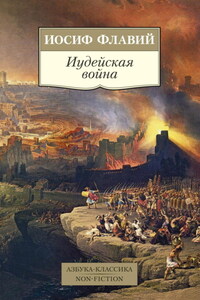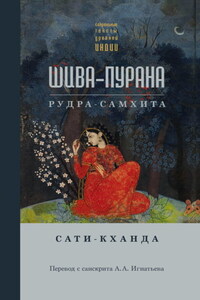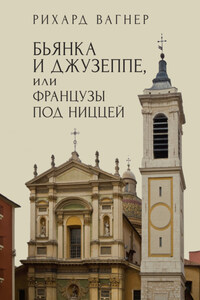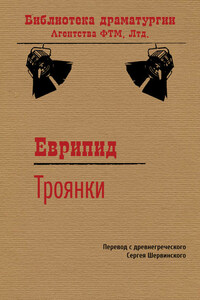THE aim of this book has been to give a historical outline of the growth of the arts in America. But while this has been the dominating idea in the mind of the writer, criticism has necessarily entered, more or less, into the preparation of the work, since only by weighing the differences or the comparative merits of those artists who seemed best to illustrate the various phases of American art has it been possible to trace its progress from one step to another.
It is from no lack of appreciation of their talents that the author has apparently neglected mention of the American artists resident in foreign capitals – like Bridgman, Duveneck, Wight, Neal, Bacon, Benson, Ernest Parton, Millet, Whistler, Dana, Blashfield, Miss Gardner, Miss Conant, and many others who have done credit to American æsthetic culture. But it was necessary to draw the line somewhere; and to discuss what our artists are painting abroad would have at once enlarged the scope of the work beyond the limits of the plan adopted. An exception has been made in the case of our sculptors, because they have so uniformly lived and wrought in Europe, and so large a proportion of them are still resident there, that, were we to confine this branch of the subject only to the sculptors now actually in America, there would be little left to say about their department of our arts.
The author takes this occasion cordially to thank the artists and amateurs who have kindly permitted copies of their paintings and drawings to be engraved for this volume.
THE art of a nation is the result of centuries of growth; its crowning excellence does not come except when maturity and repose offer the occasion for its development. But while, therefore, it is yet too soon to look for a great school of art in America, the time has perhaps arrived to note some of the preliminary phases of the art which, we have reason to hope, is to dawn upon the country before long.
As the heirs of all the ages, we had a right to expect that our intellectual activity would demand art expression; while the first efforts would naturally be imitative rather than original. The individuality which finds vent in the utterance of truth under new conditions is not fully reached until youth gives place to the vigorous self-assertion of a manhood conscious of its resources and power. Such we find to have been the case in the rise of the fine arts in this country, which up to this time have been rather an echo of the art of the lands from which our ancestors came, than distinctively original. Our art has been the result of affectionate remembrance of foreign achievement more than of independent observation of nature; and while the number of artists has been sufficiently large, very few of them stand forth as representatives or types of novel methods and ideas; and those few, coming before their time, have met with little response in the community, and their influence has been generally local and moderate, leading to the founding of nothing like a school except in one or two isolated cases. But many of them, especially in the first period of our art, have shared the strong, active character of their time; and, like the heroes of the Revolution, presented sturdy traits of character. And thus, while the society in which they moved was not sufficiently advanced to appreciate the quality of their art, they were yet able to stamp their names indelibly upon the pages of our history. But within the last few years the popular interest in art has grown so rapidly in the country – as indicated by the establishment of numerous art schools and academies, art galleries, and publications treating exclusively of art subjects, together with many other significant proofs of concern in the subject – that it seems safe to assume that the first preparatory period of American art, so brilliant in many respects, is about closing, and that we are now on the threshold of another, although it is only scarcely three centuries since the first English colonists landed on our shores. The first professional artist of whom there seems to be any record in our colonial history was possessor of a title that does not often fall to the lot of the artist: he was a deacon. This fact indicates that Deacon Shem Drowne, of Boston town, was not only a cunning artificer in metals and wood-carving, as the old chronicles speak of him, but also a man addicted to none of the small vices that are traditionally connected with the artistic career; for people were very proper in that vicinage in those days of austere virtue and primness, and deacons were esteemed the very salt of the earth.
During the first century of our colonial existence local painters, often scarcely deserving the name, are also known to have gained a precarious livelihood by taking meagre portraits of the worthies of the period, in black and white or in color. We should know this to have been the fact by the portraits – quaint, and often rude and awkward – which have come down to us, without anything about them to indicate who the artists could have been who painted them. Occasionally a suggestion of talent is evident in those canvases from which the stiff ruffles and bands of the Puritans stare forth at us. Cotton Mather also alludes to a certain artist whom he speaks of as a limner. But in those times there was, however, at best no art in this country, except what was brought over occasionally in the form of family portraits, painted by Vandyck, Rembrandt, Lely, or Kneller. These precious heirlooms, scarcely appreciated by the stern theologians of the time, were, however, not without value in advancing the cause of civilization among the wilds of the Western world. Unconsciously the minds of coming generations were influenced and moulded by these reminders of the great art of other lands and ages. No human effort is wasted; somewhere, at some time, it appears, as the seed sown in October comes forth anew in April, quickened into other forms, to sustain life under fresh conditions.








